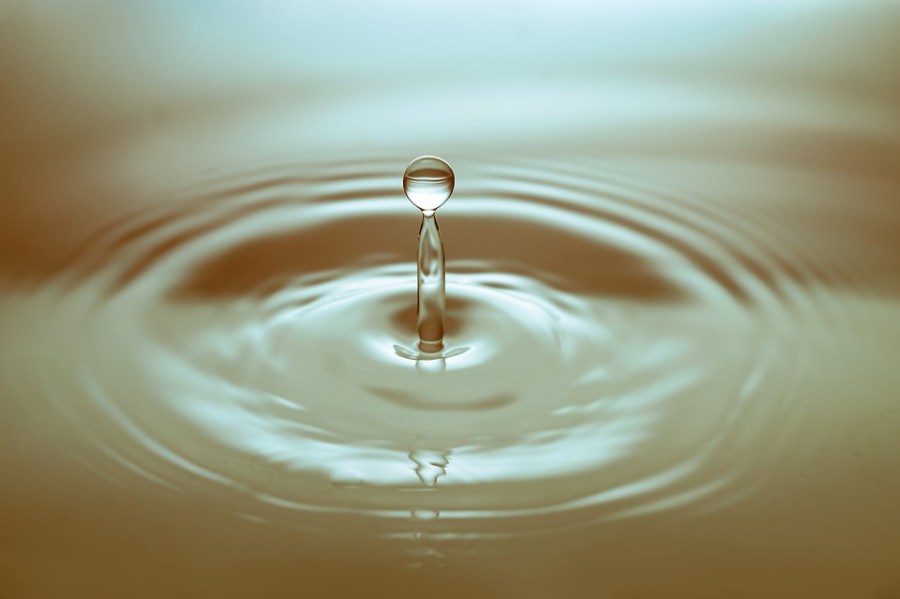Whow Easy is It to Catch Warts From People

Looking for the fastest way to remove warts? Obviously the best way to keep warts at bay is to prevent them arising in the first place. This might involve washing your hands after coming into contact with warts and keeping your hands and feet dry. But what if it's too late for that? Wart removal treatments can vary according to the type of wart in question. Below are the six common types to be aware of, along with tips on how to remove warts at home.
Common Warts
Common warts typically grow on the fingers and toes–but not always. They tend to have a rough surface and a rounded top, and they're usually grayish compared to healthy skin. Common warts may clear up on their own, but this can take months or years. A quicker, more reliable method for the treatment of warts on fingers is to apply topical salicylic acid or an at-home freezing-based skin warts treatment.
You might also try duct tape. Simply tape over the wart(s) and keep it covered for 6 days. Then remove the tape, soak the wart in warm water for 5 minutes, leave it uncovered overnight and cover it for a further 6 days. Repeat this process until the wart disappears.
Genital warts aren't necessarily restricted to the genitals. Sometimes they appear on the anus–which is why they're more correctly termed 'anogenital' warts. But they're almost always spread as a sexually transmitted infection. They might be smooth or rough, and they tend to be skin-colored or brown.
Unlike with many other types of warts, it's not advisable to attempt genital warts treatment with a home remedy or off-the-shelf product. Instead, you should visit your physician or other healthcare professionals for a referral to a specialist sexual health clinic.
Plantar Warts
Plantar warts are unusual in that, rather than growing out of your skin, they actually grow into it. In other words, they look like holes–usually surrounded by hardened skin. They tend to occur on the soles of the feet and can, therefore, make walking uncomfortable.
Plantar warts are widely assumed to be among the most difficult to treat. This is especially unfortunate considering they can also be the most painful. Freezing solutions (or cryotherapy) and formaldehyde may help, but it's unlikely. They're certainly not the most appropriate remedies for plantar warts.
The best approach for the treatment of plantar warts on feet is 'pairing'. This involves soaking the feet in warm water for 5-10 minutes, then pairing away the dead skin with a disposable emery board or nail file. This should be done once or twice a week until the warts are gone.
Flat Warts
Flat warts are, well, flat (duh). They have a flat top and may be pinkish, brownish or yellowish in color. They also tend to be quite small. If you have any, they're likely to be on the face, thighs or arms. Because they're flat, and especially if they're occurring on the face, it's not recommended to use any aggressive home treatment for warts. Salicylic acid, for example, may leave a scar. You may want to leave them to go on their own, but pairing could also be an option. Using duct tape might also help–though obviously it may not be the most suitable solution for warts on the face.
Filiform Warts
Filiform warts grow on the face around the mouth and nose, but you might also find them on the neck or chin. They're small and not usually discolored, so they might simply look like skin tags. As stated above, it's advisable to avoid aggressive remedies when treating facial warts.
However, when it comes to filiform warts, curettage and cautery may be recommended. These involve scraping or burning warts from the skin. Although sometimes effective, there is a 30% recurrence rate with this technique. Other options include laser therapy, 5% imiquimod cream and topical retinoids or oral cimetidine.
Periungual Warts
Periungual warts grow around the toenails and fingernails, which can sometimes include underneath them. Needless to say, they can be very painful–and they can also affect nail growth.
The removal of warts on the feet and hands, especially warts as painful as these, is of the utmost importance. Unfortunately, if they're under the nail then you'll probably have a hard time getting to it. This is where internal remedies might come in handy. Zinc sulfate (5-10 mg/kg daily) has been linked to the effective reduction and elimination of warts in clinical trials when taken orally. Alternatively, you might ask a dermatologist to inject bleomycin or candida antigen into the area (if you're feeling especially brave).
Source: https://www.questionsanswered.net/article/common-types-of-warts-and-how-to-treat-them?utm_content=params%3Ao%3D740012%26ad%3DdirN%26qo%3DserpIndex&ueid=fefcbf48-a3f3-4151-80d0-32aa3410c07f
0 Response to "Whow Easy is It to Catch Warts From People"
Postar um comentário